Reintroducing big cats to the wild is a bold yet necessary undertaking in the field of conservation. These majestic creatures play a crucial role in maintaining ecological balance, and their dwindling numbers pose a severe threat to biodiversity. However, releasing them back into their natural habitats is fraught with challenges.
Understanding the Need for Reintroduction
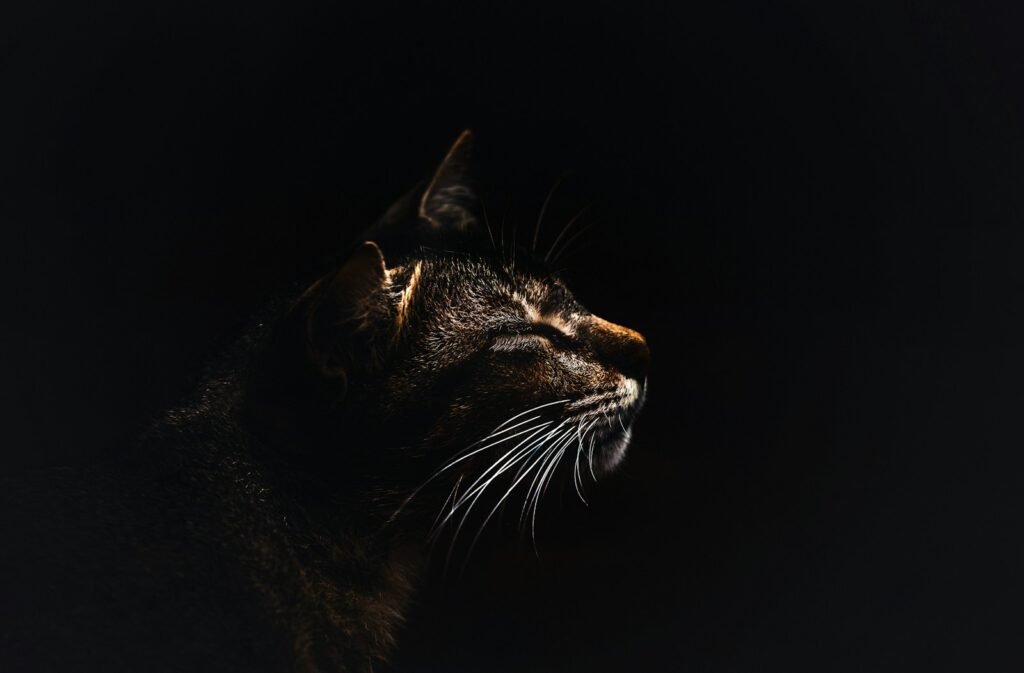
The decline in big cat populations due to habitat loss, poaching, and human conflict has prompted urgent conservation efforts. Reintroduction aims not only to boost numbers but also to restore the ecosystems where these apex predators are pivotal in regulating prey populations and fostering biodiversity.
Evaluating Suitable Habitats for Release

Identifying appropriate release sites is a critical step in the reintroduction process. Habitats must provide adequate prey, shelter, and space, free from significant human encroachment. The suitability of these habitats also relies on the existing ecological conditions and the presence of survival necessities for big cats.
Assessing and Addressing Human-Wildlife Conflict
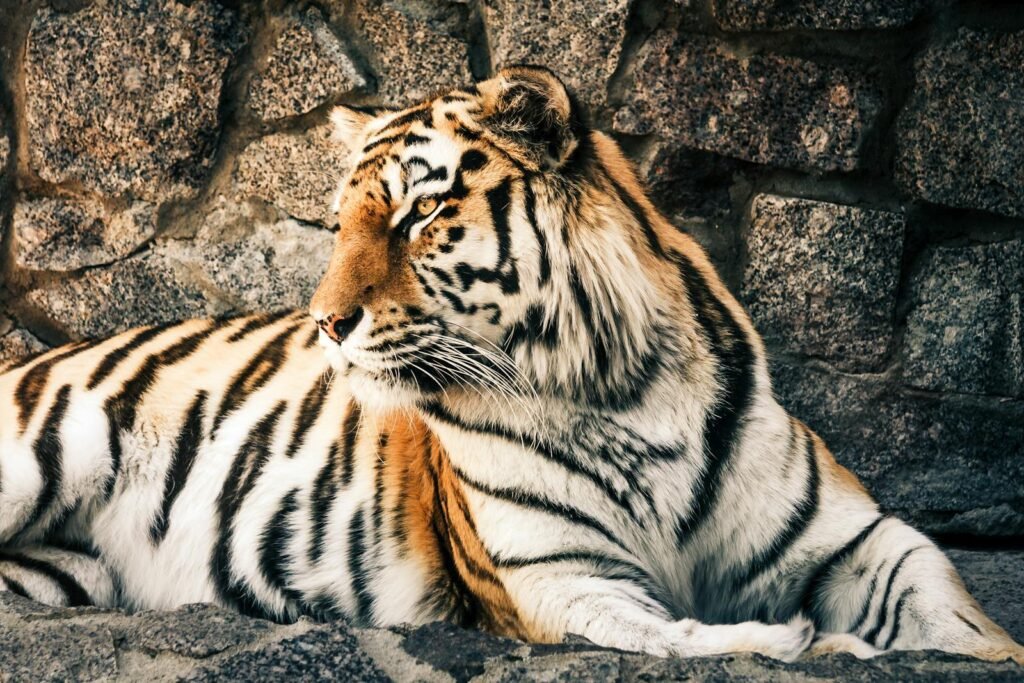
Reintroducing big cats often leads to inevitable interactions with human populations, which can result in conflict. Strategies such as community education programs, compensation for livestock losses, and innovative deterrents are necessary to ensure a harmonious coexistence.
Evaluating Genetic Considerations
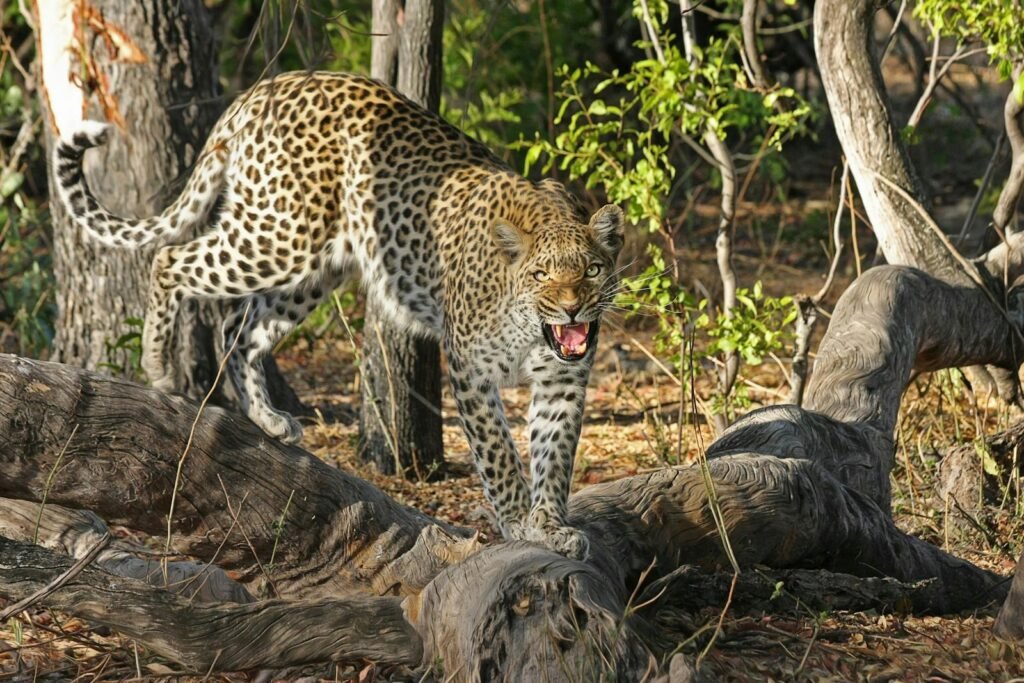
Genetic diversity is vital for the long-term survival and adaptability of reintroduced populations. Consanguinity due to limited genetic pools can lead to inbreeding depression. It’s essential to manage these factors to preserve the health and viability of the species.
Rehabilitation and Training for Release
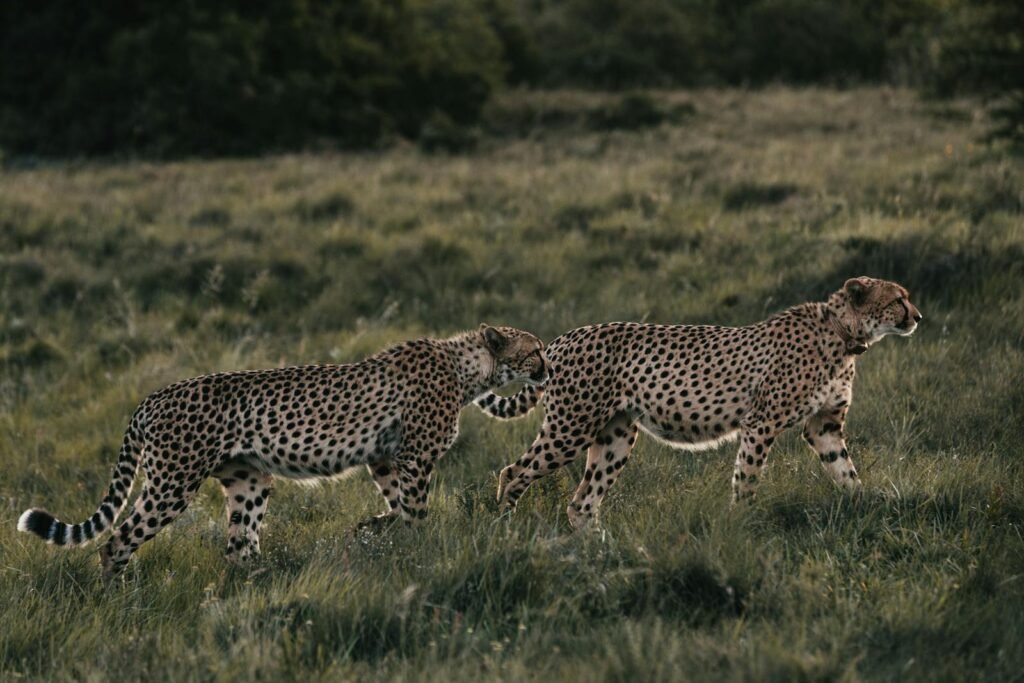
Big cats bred in captivity require extensive rehabilitation before they are reintroduced. This process includes teaching them essential survival skills such as hunting, navigating their natural environment, and avoiding potential threats, ensuring they can thrive independently.
Monitoring and Tracking Released Individuals
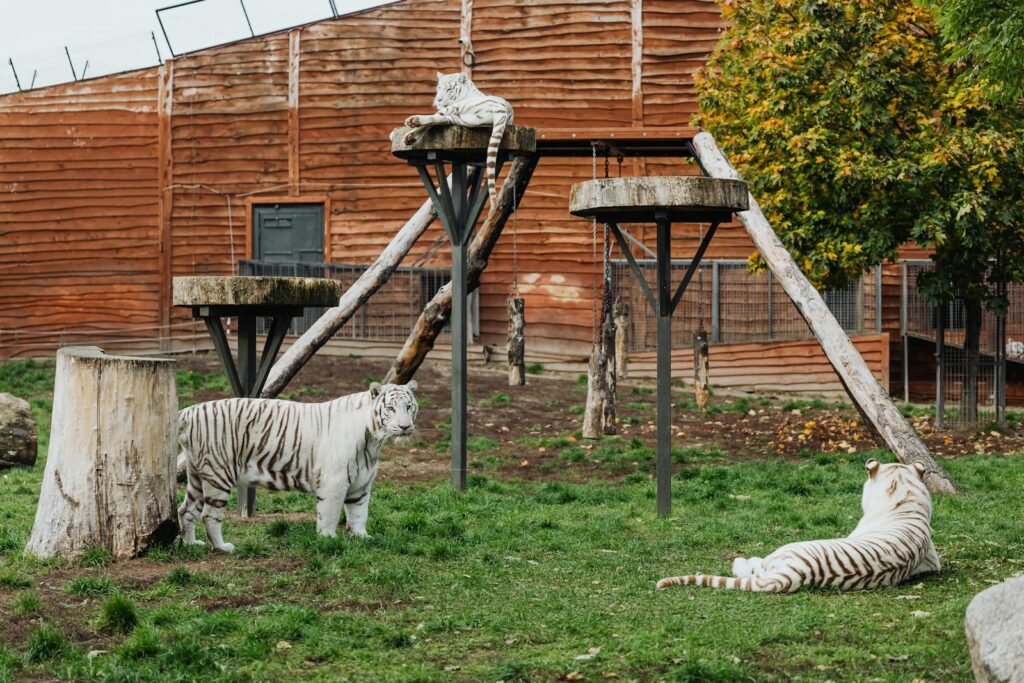
Continuous monitoring through collaring and satellite tracking is crucial in understanding the movements and success of reintroduced animals. This tracking provides insights into their behavior, adaptability, and any potential threats they might encounter.
Managing Health and Disease Risks
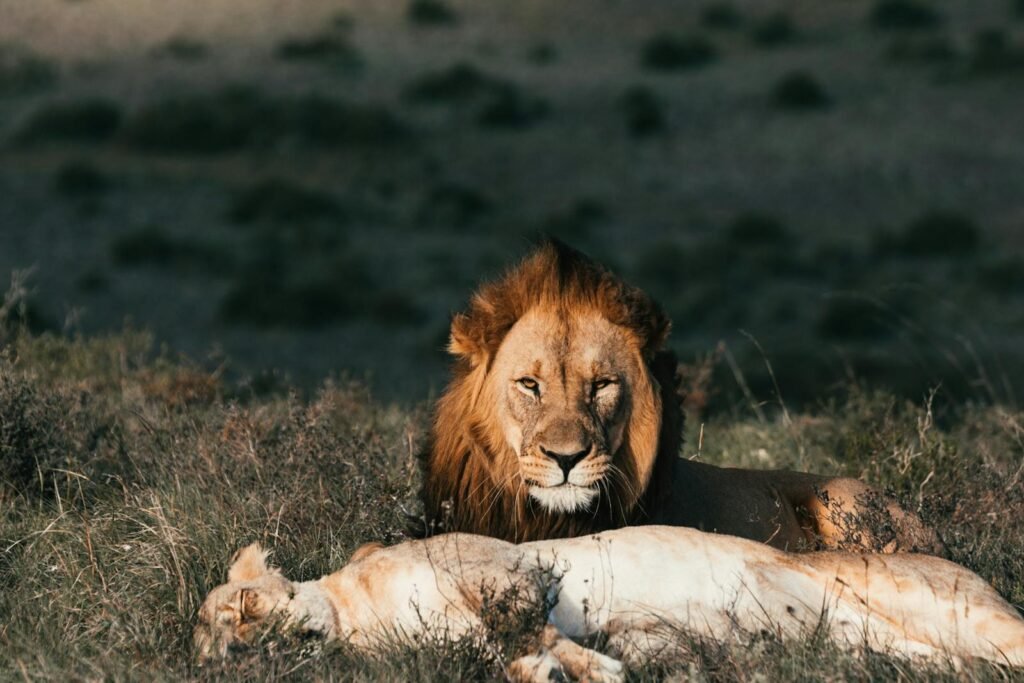
Wildlife health management is paramount for the success of big cat reintroduction. Disease outbreaks pose a significant risk, both to the big cats and other wildlife. Pre-release health checks and vaccinations help mitigate such risks.
Community Engagement and Education
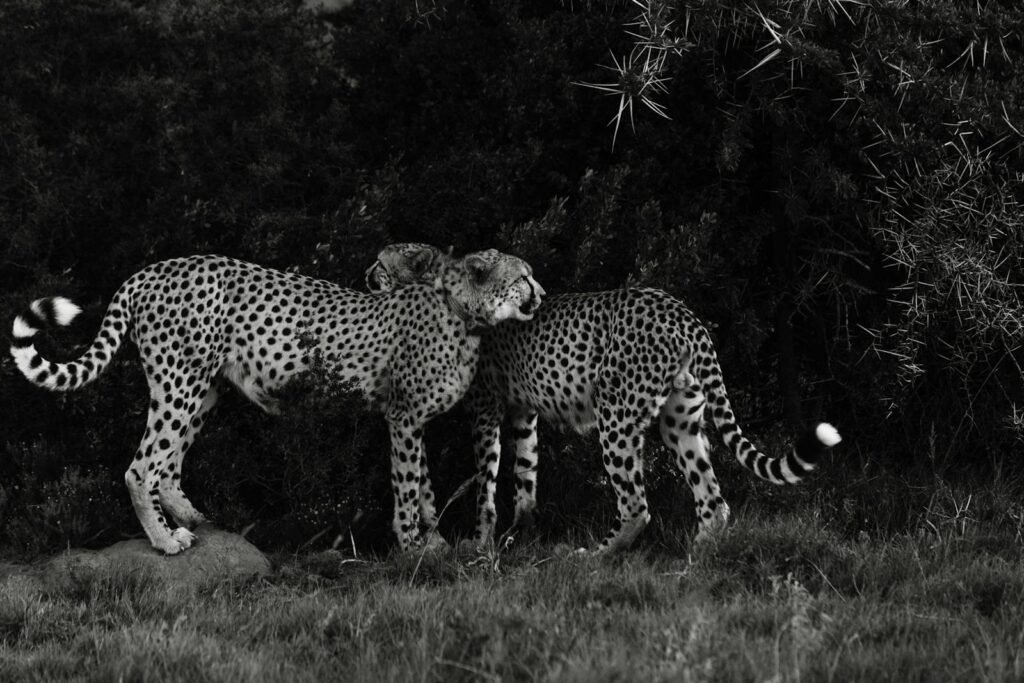
Gaining the support of local communities is essential for the reintroduction projects’ success. Involving them through awareness programs, ecotourism initiatives, and conservation education encourages community stewardship over these animals and their habitats.
Measuring Success and Long-Term Sustainability
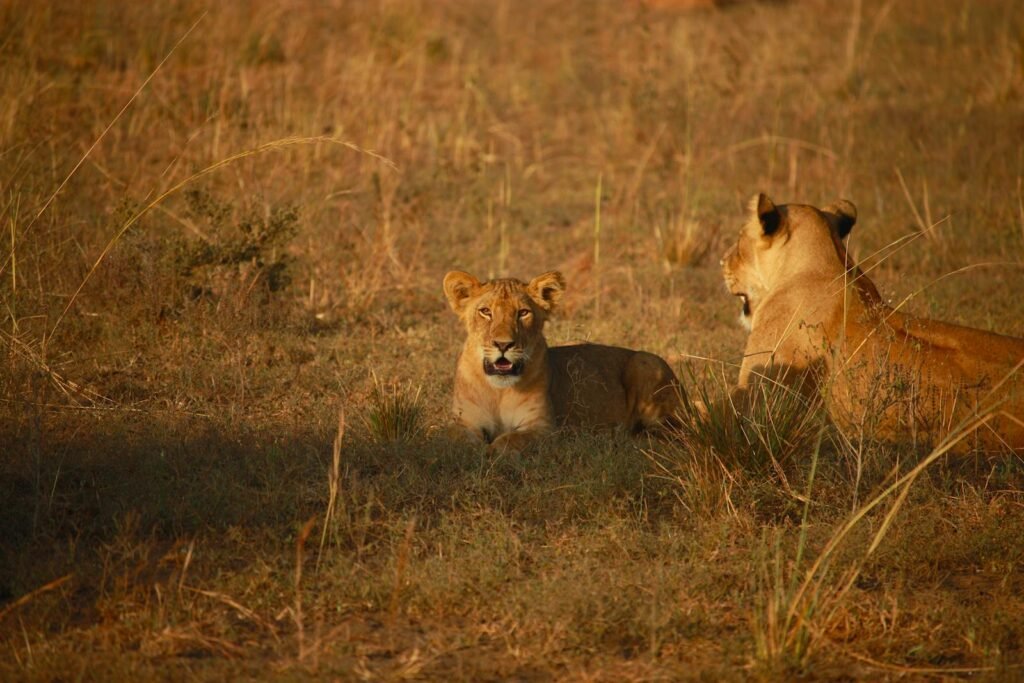
Success in reintroducing big cats is measured not just by survival rates, but by their ability to integrate into the ecosystem, reproduce, and maintain a stable population. Long-term monitoring and adaptive management strategies are key to ensuring these projects’ sustainability.
Conclusion: The Future of Big Cat Conservation
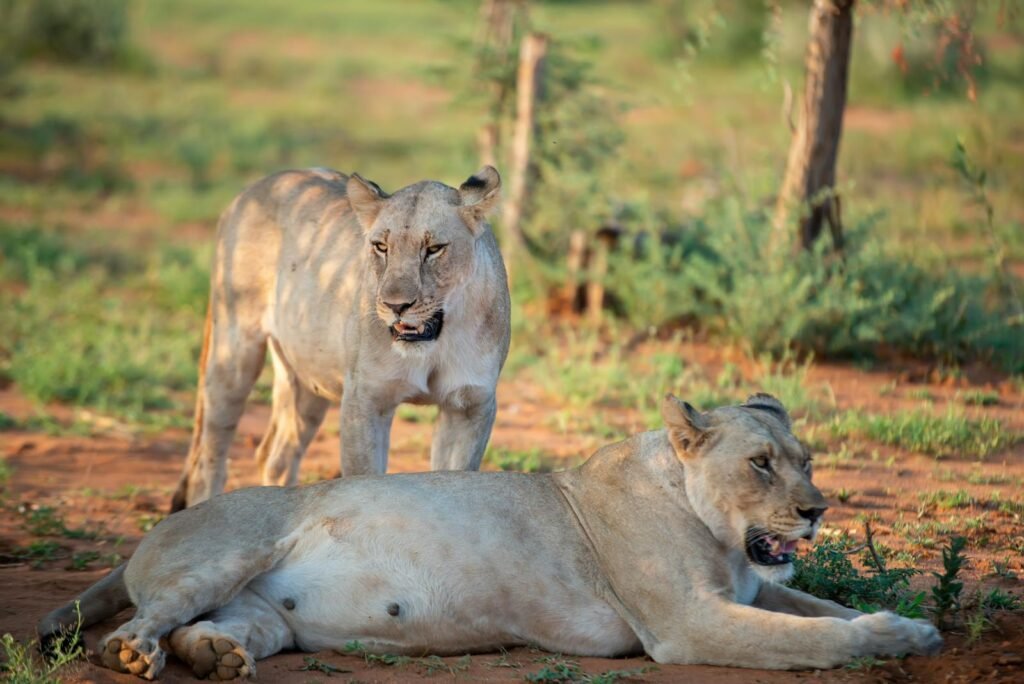
Despite the difficulties involved, reintroducing big cats to the wild is a necessary endeavor for global biodiversity preservation. While challenges abound, concerted efforts from scientists, conservationists, local communities, and policymakers can ensure the survival and prosperity of these legendary creatures for generations to come.
Hi, I’m Bola, a passionate writer and creative strategist with a knack for crafting compelling content that educates, inspires, and connects. Over the years, I’ve honed my skills across various writing fields, including content creation, copywriting, online course development, and video scriptwriting.
When I’m not at my desk, you’ll find me exploring new ideas, reading books, or brainstorming creative ways to solve challenges. I believe that words have the power to transform, and I’m here to help you leverage that power for success.
Thanks for stopping by, Keep coming to this website to checkout new articles form me. You’d always love it!





